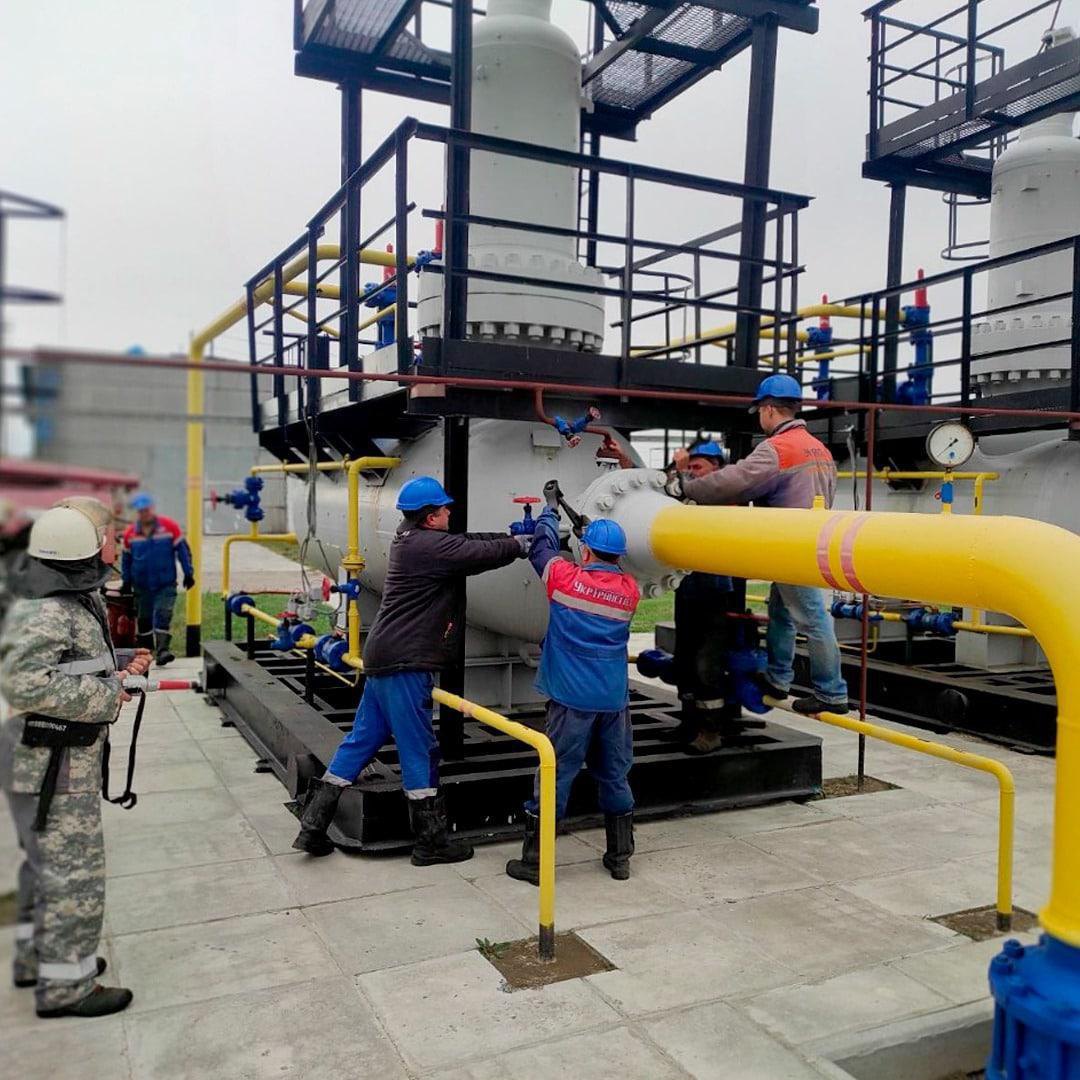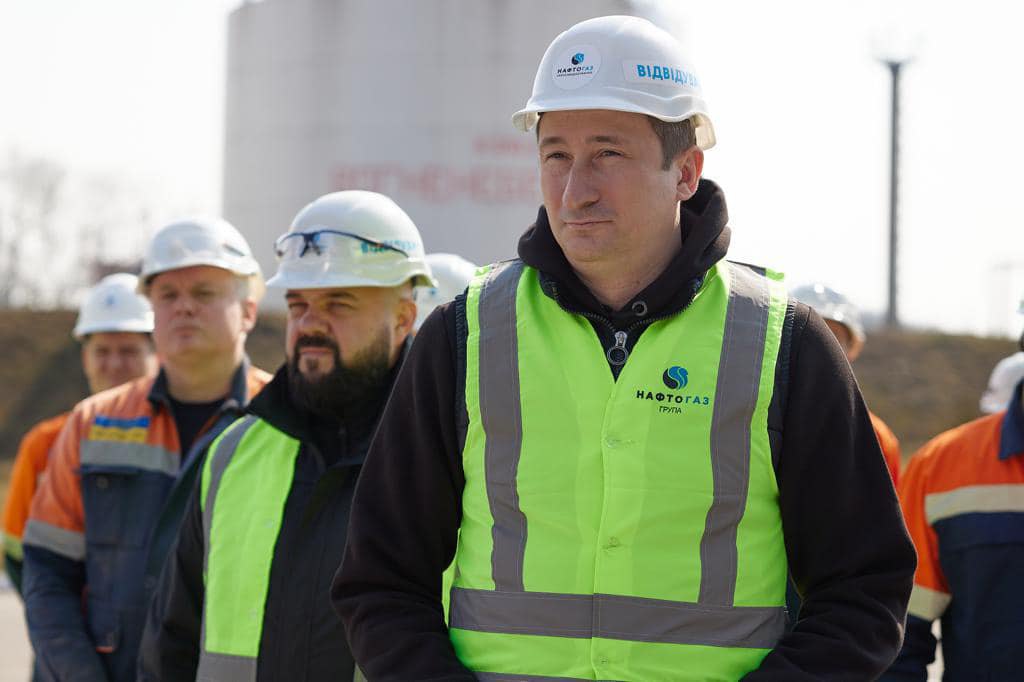
The situation in the energy sector is almost critical
Since the end of March, Ukraine has lost at least 8 gigawatts of capacity as a result of six massive missile and drone attacks on the power grid. Imports can only compensate for 1.7 gigawatts.
In preparing for the coming winter, the government has identified three main priorities: repairing the infrastructure damaged by the Russians, strengthening air defence, and decentralising the energy sector.
With repairs, everything is more or less clear: power engineers are working to restore damaged infrastructure 24/7, but their capacity is limited by the availability of resources (repair and purchase of new equipment is not cheap) and time (even if funds are available, equipment repair and production take time, for example, the production time for new transformers is six months or more).
Strengthening air defence also requires time and resources, although our partners promise to provide Ukraine with a number of air defence systems, including Patriot and SAMP/T, capable of destroying ballistic targets, in a short time.
In general, the Estonian Ministry of Defence estimates that approximately 7,500 anti-aircraft missiles and a significant number of launchers are needed to successfully repel attacks on targets in Ukraine's rear areas.
Ukraine's air defence will also be strengthened by F-16s, which the Defence Forces expect to receive in the near future.
However, despite the significant strengthening of air and missile defence and the repair of damaged power plants, the need for additional generation capacity will remain the number one priority.

Decentralisation of the energy sector
Ukraine should focus on the development of distributed generation, whose facilities are guaranteed not to be priority targets for Russian attacks due to their capacity/value.
We are talking about gas turbine and gas piston power plants. Their capacity is relatively small - 10-150 megawatts - but they can be quickly launched if necessary, which makes them almost indispensable for shunting generation in a situation where thermal generation is lost.
According to Oleksandr Dombrovskyy, Chairman of the Board of Global 100 RE Ukraine, in addition to higher resistance to hostile attacks, distributed generation can provide a number of benefits to the power system, including
- shorter construction and commissioning periods;
- lower total investment per facility, which reduces the threshold for private companies to enter this business;
- reducing electricity losses during transmission;
- providing additional regulating capacities in the power system;
- promoting the development of local communities and territories;
- stimulating the national economy to locally produce equipment and services related to the installation and maintenance of distributed power generation facilities;
- reducing the dependence of distributed generation owners on external power supply, protecting them from market risks and price volatility;
- cost savings or additional income from the sale of surplus electricity.

At the same time, such power plants are quite compact; a 50 megawatt power plant can be transported by a regular truck, so it can be quickly moved from place to place if necessary. Gas turbine and gas reciprocating power plants can be used to supply both critical infrastructure and consumers directly.
LB.ua has already written about the experience of Ternopil, which plans to turn into a separate energy island by the next heating season. The city plans to install several cogeneration units that can meet at least 10-15% of the needs of the regional centre, including ensuring the uninterrupted operation of the water utility, heat and power, sewage system and hospitals.
Naftogaz is also planning to modernise its generation, having received a number of thermal power plants from the state. In particular, the Group has agreed to cooperate with Sweden's Swedfund International AB (a state financial institution that invests in the energy sector in developing countries) in Ukraine.
According to Naftogaz, Swedfund, through its project accelerator, will provide grant funding for feasibility studies for the modernisation of CHP plants.
The government promises to simplify legislation to make the installation of small-scale generation as easy as possible. Ukrenergo, in turn, said it was ready to help and advise on what kind of generation equipment to install.

Will there be enough gas?
The operation of gas turbine and gas piston power plants will require significant volumes of gas. Is Ukraine able to provide it, given that gas is also needed by industry, household consumers and municipal infrastructure?
As of now, the dynamics of gas production and the filling of underground gas storage facilities give grounds for cautious optimism.
According to Naftogaz, in the first five months of 2024, the group increased gas production by 10% compared to the same period last year.
According to Prime Minister Denys Shmyhal, this year Naftogaz should reach production of about 15 billion cubic metres of gas.
At the same time, the Prime Minister reminded that in 2023, Naftogaz launched 86 new wells, and since the beginning of 2024 - another 7.
As a result, according to Ukrtransgaz, Ukraine's gas storage operator, this year Naftogaz is accumulating fuel in its underground gas storage facilities faster than last year - currently, the injection rate is 0.33 bcm higher than in the same period in 2023.

According to Naftogaz CEO Oleksiy Chernyshov, this injection rate was made possible by the high air temperature in April and the increase in gas production. He also added that more than 8 billion cubic metres of gas are currently stored in underground gas storage facilities.







